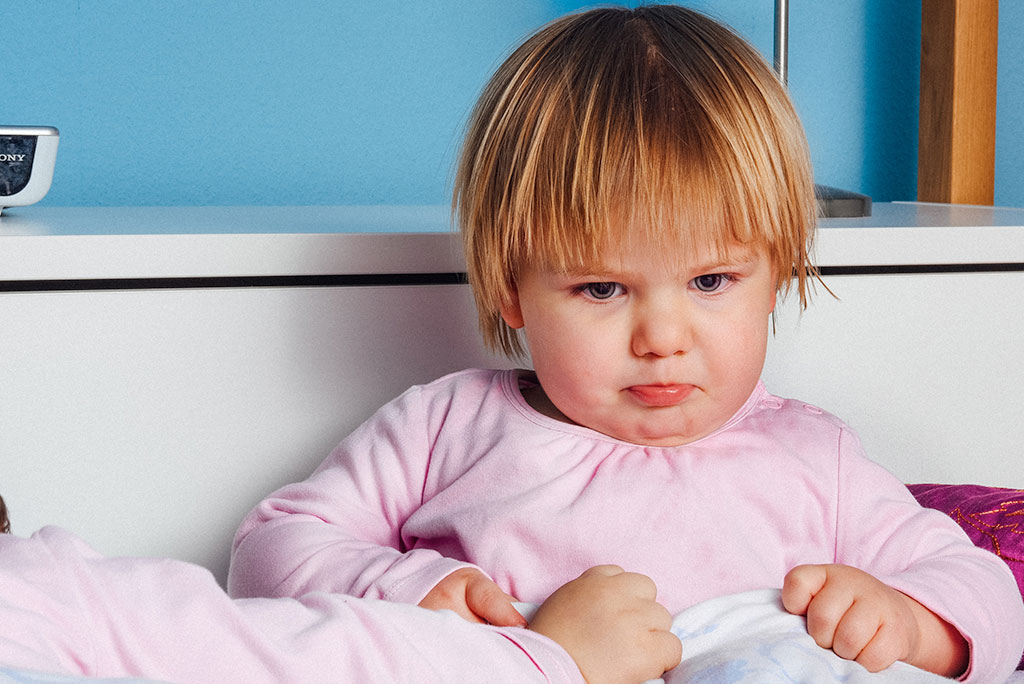
Cause
Otitis media (middle ear infection) is one of the most common pediatric infections. The vast majority of ear infections occur following several days of a runny nose and cough due to a cold or URI. The increased secretions in the nose can become trapped in the Eustachian tube (the small muscular tube connecting the back of the nose and upper throat areas to the middle ear cavity for pressure control). The trapped mucous can then allow bacteria to multiply leading to an infection in the middle ear space. The presence of these infected secretions causes pressure from the inside on the eardrum, which in turn causes ear pain or discomfort for you child. An ear infection can be very painful. In infants and toddlers less than 24 months of age, an ear infection also often causes fever.
Ear pain can be caused by things other than middle ear infection. Outer ear infections (swimmer’s ear), teeth pain, impacted cerumen (ear wax), or trauma can also cause ear pain or ear pressure. Each of these is treated differently, thus it is important to have your child evaluated by a physician when he/she complains of ear pain to determine the actual cause and appropriate treatment.
There are 3 well known risk factors for recurrent or persistent ear infections in infants and toddlers:
- exposure to cigarette smoke
- allowing child to drink bottles of formula or juice while lying down flat or falling asleep
- attendance in daycare
Treatment
A middle ear infection requires specific therapy with an antibiotic taken by mouth. Most liquid antibiotics require refrigeration and shaking before giving them; it is important to follow the directions on the label and to take the antibiotic for the full time prescribed. Often your infant or child may be feeling much better after only 2-5 days of medicine and it is tempting to stop giving the antibiotic; however, this can lead to a small infection remaining which can allow another ear infection to recur.
Tylenol (acetaminophen) or Advil/Motrin (ibuprofen) can be used for both the fever and pain control during the first 2-3 days of an ear infection. Older children can often have ear pain without much fever but acetaminophen or ibuprofen can be used for the ear pain in a similar manner as we adults might take something for a headache even when we don’t have fever. Usually after a full 48 hours of antibiotics, both the fever and pain are much less so the acetaminophen or ibuprofen may be stopped and only the antibiotic continued. It is safe to give a dose of antibiotic and acetaminophen or ibuprofen at the same time.
Recurrent or Persistent Middle Ear Infection Can Lead to Hearing Loss
The reason we treat ear infections so carefully in the first 3 years of life is because the fluid in the middle ear space can affect your child’s ability to hear. We know that a child who does not hear properly in the first 24-36 months of life often does not learn to speak correctly or on time. For this reason, we often recommend an ear recheck in 2 weeks time to make sure that the fluid cleared completely.
Antibiotic side effects
Antibiotics can change the pH of our skin, making diaper rash more common during or right after a round of antibiotic. If your infant or toddler develops a “red, pimply rash” with individual dots around the outside of the rash in their diaper area, this is likely a yeast infection rash. You can pick up over the counter generic Lotrimin AF (foot section) or generic Gyne-Lotrimin (women’s section) and apply this white cream to the entire area of the rash 3 times a day until one full day after rash is gone.
Corinth Family Medicine and Pediatrics
Karri Dutton, MD

